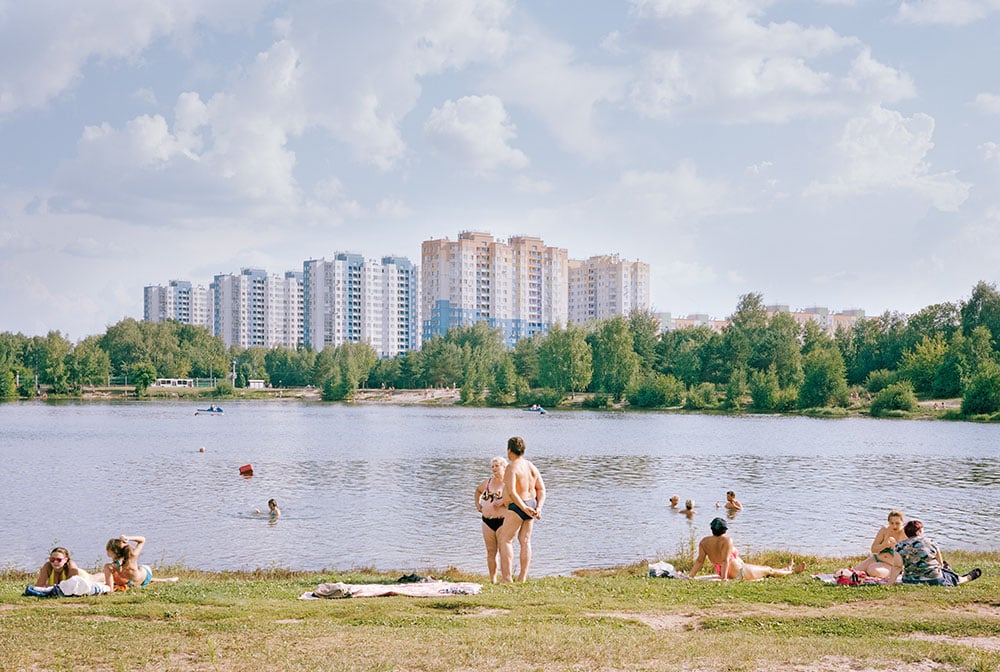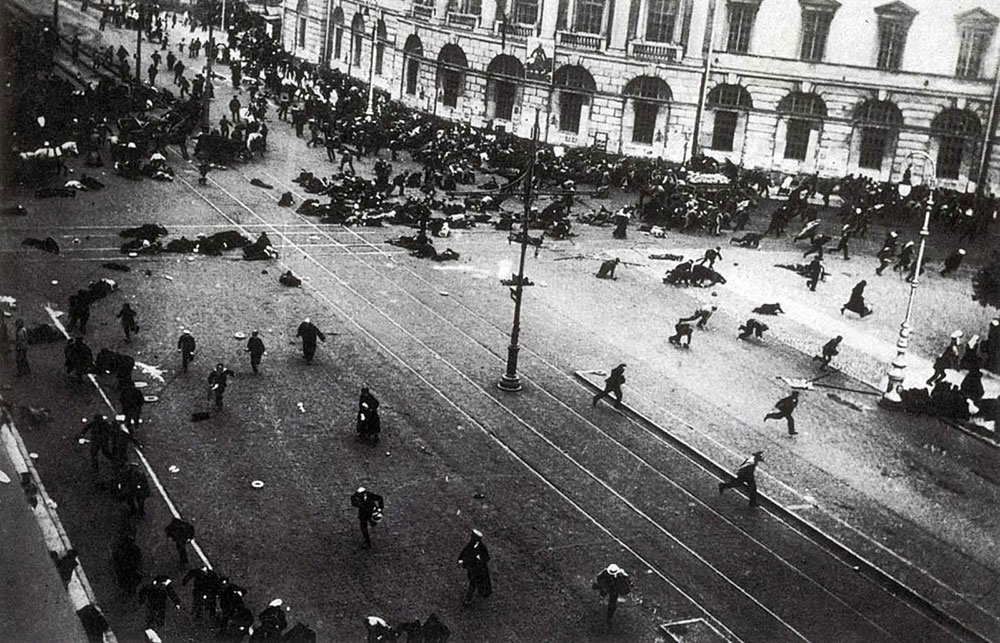House of Government review: Yuri Slezkine’s epic history of the revolution, from 1917 to Trump
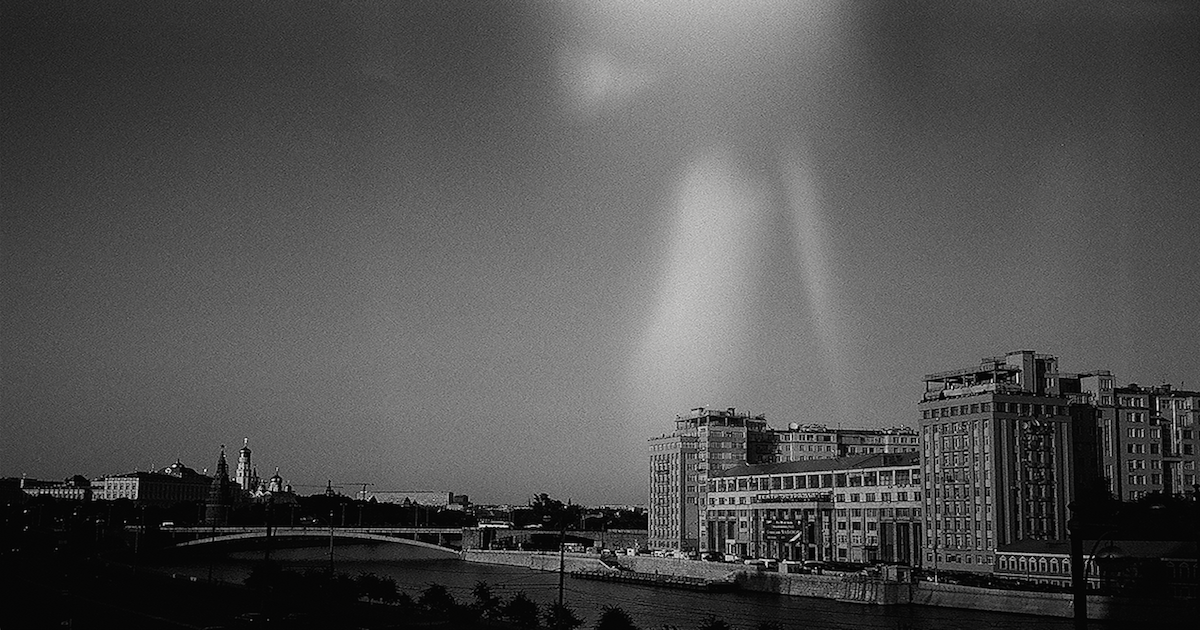
At over 1,000 pages, historian and anthropologist Yuri Slezkine’s House of Government is one of the most lauded and innovative new histories of the Russian Revolution published in its centenary year. It’s a sprawling book that informs our own age as much as the insurrectionary moments of the 20th century.
Yuri Slezkine’s new magnum opus, House of Government: A Saga of the Russian Revolution, is well timed; his loving, sometimes ironic family album of the Bolshevik generation comes 100 years after the revolution took power in St Petersburg. With obsessive dedication Slezkine documents the whole Bolshevik experiment: from breathless, idealistic student conversations to supreme power; from the camps and post-Stalinist cynicism about the nature of the regime to its ultimate demise. Slezkine places the Bolsheviks, with their supposedly scientific understanding of history, squarely in the tradition of Avvakum, Old Believers and the legendary citizens of the city of Kitezh — the Russian Atlantis which was swallowed up by the waves.
Slezkine’s core thesis, that the Bolshevik movement was a mass cult of religion, is a clever conceit, albeit stretched a bit far over these 1000 pages; but regardless of whether we agree, it’s an idea that has inspired him to collect vast amounts of poetry, anecdotes and images from the movement, giving a human drama to the Stalin era which is all too often glossed as a Manichean case of good and evil. “Dear Grandma, I keep not dying,” one child writes; elsewhere, a teenager states: “I have promised not to make love to any girls until we have exterminated the bourgeoisie all over the world.” It is notes like these that bring the epoch to life. Slezkine’s work, somewhere between novel and history, falls into a long tradition — Tolstoy, Vasily Grossman — of sentimental Russian histories; a tragedy. The “house of government”, a physical apartment building in central Moscow built for the new Soviet elite in 1931, becomes a set-piece in this theatrical, allusive account of the first (and last) Soviet generation.
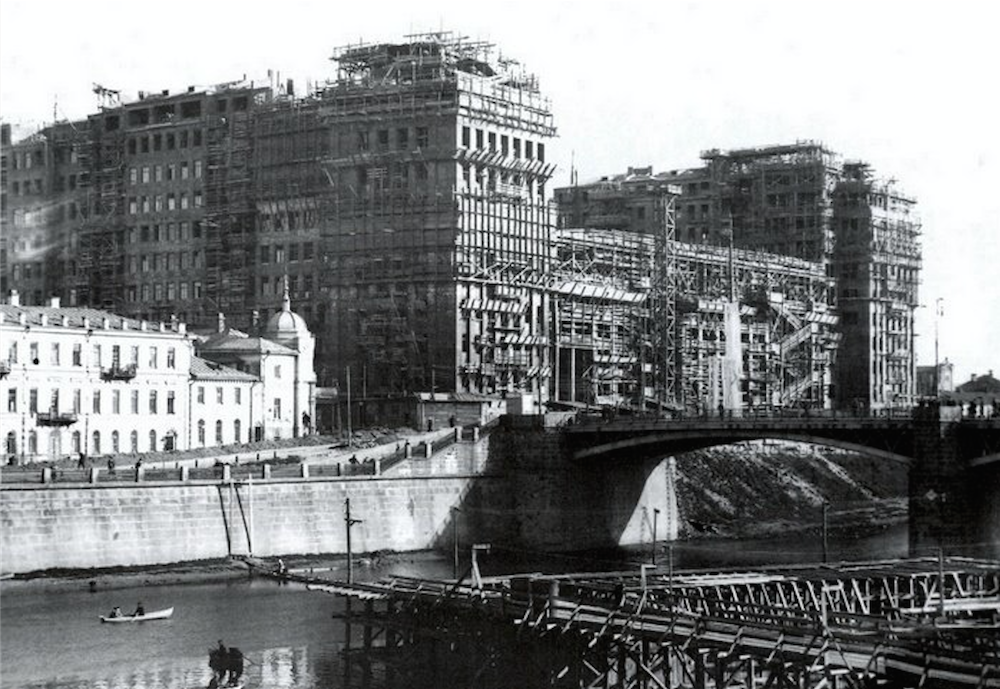
We start out in what Slezkine calls “the swamp”, the area of central Moscow where the Strelka Institute, the Cathedral of Christ the Saviour, the Kremlin and other landmarks are to be found today. Drunkards, peasants, religious maniacs ( or “fools for Christ”), German entrepreneurs: this messy, disorganised Moscow neighborhood, in which future Bolsheviks such as Bukharin came of age, was corrupt, lawless but also a lot of fun. Bukharin and his friends understood their neighborhood through the Book of Revelation, as Slezkine convincingly demonstrates; the Bolshevik revolution’s millenarian underpinnings are creatively explored with his granular, anthropological approach.
“Cities impose order on the world. As time goes on, swamp waters seep through, migrants and money-lenders pour in, sheds and shortcuts proliferate, circles abandon their regularity, and right angles lose their sharpness,” Slezkine writes; the house in the swamp was a material attempt to do so, important in and of itself even as it serves as a synecdoche for the larger changes afoot. It was squarely in the middle of this swamp, squalid with “the juice of the old life,” that the house of government, home of the new Soviet elite, was built; and it was this swamp which would, in the Terror of 1937, suck the idealists into oblivion. Spoiler alert: the Bolshevik dream ends in Stalinist nightmare.
Every time we see somebody going to be executed, we have already seen them willingly assenting to the execution of others
The “swamp”, implicitly, stands for the organic life of the people: the folkish ways, the comfortable details and ornaments. This irrepressible swamp was locked in combat with revolutionaries’ modernist abstractions and idealistic dreams (although some Bolshevik writers, notably Andrey Platonov, identified the life of the people as superior to abstract value systems). After the revolution opened society’s floodgates, “the swamp [turned into] a sea,” because “beyond Armageddon… lies Ocean”. The post-war writer Yuri Trifonov called the house of government “the house on the embankment”, a sort of ship floating in the ocean of time. Unfortunately, some of the Bolsheviks, such as Bukharin, had problems with seasickness.
After the war, another “swamp” emerged outside of the windows of the house of government. In the 30s, Stalin had the Cathedral of Christ the Saviour demolished, in theory to be replaced by a monumental Palace of Soviets (to a design by House-dweller Boris Iofan). In reality, the war effort ate up constructions supplies, the foundation pit flooded (Platonov’s novel Foundation Pit made the stagnant hole into a metaphor for the construction of socialism itself — great promise that was never quite realised), and was eventually converted into a famous outdoor swimming pool, heated in the winter: a sort of artificial, government-created, hygienic swamp. In the end, by trying to escape the swamp and building a monument into it, the revolutionaries only succeeded in giving the watery impulses of the city a material form.
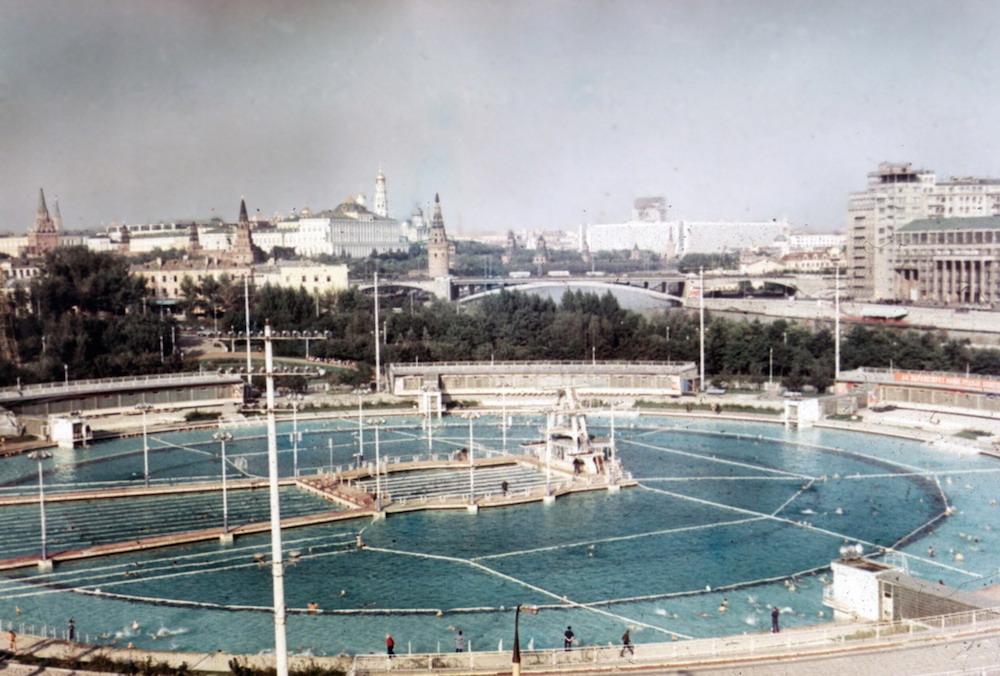
Is this book a novel, or a history or a literary history? It’s a bit hard to tell; what is clear is that literature runs through the veins of the text, from Gogol and Pushkin to Mayakovsky and Trifonov. Ultimately, though, we find ourselves needing to consult the list of characters in the index: the exhaustive nature of the historical detail means that we never sympathise with an individual; every time we see somebody going to be executed, we have already seen them willingly assenting to the execution of others. Slezkine’s work is in a minor key of ironic humor, rather than the grand, Wagnerian tones of Russia’s 19th-century “golden age” literature. His subjects have Dostoyevskian dark nights of the soul, but rather than the world ending, it continues. Slezkine’s work is strongest when he quotes participants, which means he is more historian than novelist, which is a good thing, I suppose. The “literary works” that House of Government most resembles, with its granular obsession with details of times, dates and quantities, are likely the anonymous Soviet government reports that Slezkine clearly spent years poring over.
Reading this exhaustive account of a revolution’s gradual unravelling, I was put in mind of another political world entirely: Trump’s America. In the USA today, as our president predicted on the campaign trail, we’ve won so much that we’re tired of winning; it almost gives you a flashback to Stalinist apparatchiks’ dizziness with success. However, we have a huge problem: in Donald’s words, we need to drain the swamp.
“Dear Grandma, I keep not dying,” one child writes; elsewhere, a teenager states: “I have promised not to make love to any girls until we have exterminated the bourgeoisie all over the world”
The remnants of the old bourgeoisie were swept away by the Bolshevik wave breaking over the house of government — the menorahs, loaves of bread, dog-eared copies of Pushkin. And likewise, today America’s supposedly “liberal” but really just banal pop cultural artifacts — the sitcom star Roseanne, Colin Kaepernick the San Francisco 49ers, coffees from Starbucks — have become identified by the disaffected Trumpist as debris from the swamp. Sadly, as Houston, Miami, and other cities are besieged by floods — floods which are man-made on a number of levels — it seems that our swamp, too, is transforming into an ocean, or perhaps a whirlpool.
Indeed, in Slezkine’s own explanation of the origin of the Stalinist show trials, he can’t help but resort to accounts of American cultists and swamp denizens such as former Attorney General Janet Reno. These connections, between the swamps of Stalin and Trump, also come up in the latest book by Alexander Etkind: a biography of the Stalin-era US ambassador William Bullitt, a legendary figure who wished to construct a replica of Monticello (Thomas Jefferson’s home in Charlottesville, Virginia: my hometown and the scene of recent violence at a protest against the removal of a statue of Robert E Lee) on Moscow’s Sparrow Hills. Etkind shows us Bullitt kissing Stalin on the forehead. The Americans represented idealistic world-changing power — and the darkness submerged within it. Later on, during McCarthy’s “red scare”, the entire Bullitt team was accused of homosexual orgies (as was Stalin’s chief butcher Yezhov, although in fairness it appears to have been true of him).

Matt Taibbi, one of Trump’s most insightful journalistic critics, got his start with the 90s Moscow bad-boy expat zine eXile; in so many ways, from the tycoons in fake gold palaces to the hookers in the Moscow Ritz, the Trump administration feels like a return of the repressed, as the world created by 1990s shock treatment capitalism in Moscow has now come back to the mothership; the spectre of Russian interference now strolls through Washington, DC (a city compared by Owen Hatherley to Pyongyang in the sheer number of monuments to dead leaders), where until recently Bannon’s Rasputin sat cackling in the Trump Hotel. These would-be swamp drainers look pretty scaly themselves.
When would the true day come, Slezkine’s Bolsheviks ask? The millenarian impulse Slezkine identifies in them was itself replicated later down the line: for the European left, subsequent to the collapse of the USSR, Christian fundamentalist thinking was the next best thing. Philosophers such as Giorgio Agamben, Maurice Blanchot and Alain Badiou all wrote books connecting St Paul’s fire-and-brimstone, extreme and violent love to contemporary left-wing thought. Stateside, where we don’t have philosophers, rock musicians such as John Maus, Cass McCombs and Kurt Vile have explored similar themes. The radical millenarianism of the Bolsheviks, as well as the tawdry but somewhat adorable swamp, are vividly brought to life in House of Government: we look through their eyes, all the better to see ourselves with.
House of Government: A Saga of the Russian Revolution is out now from Princeton University Press.

